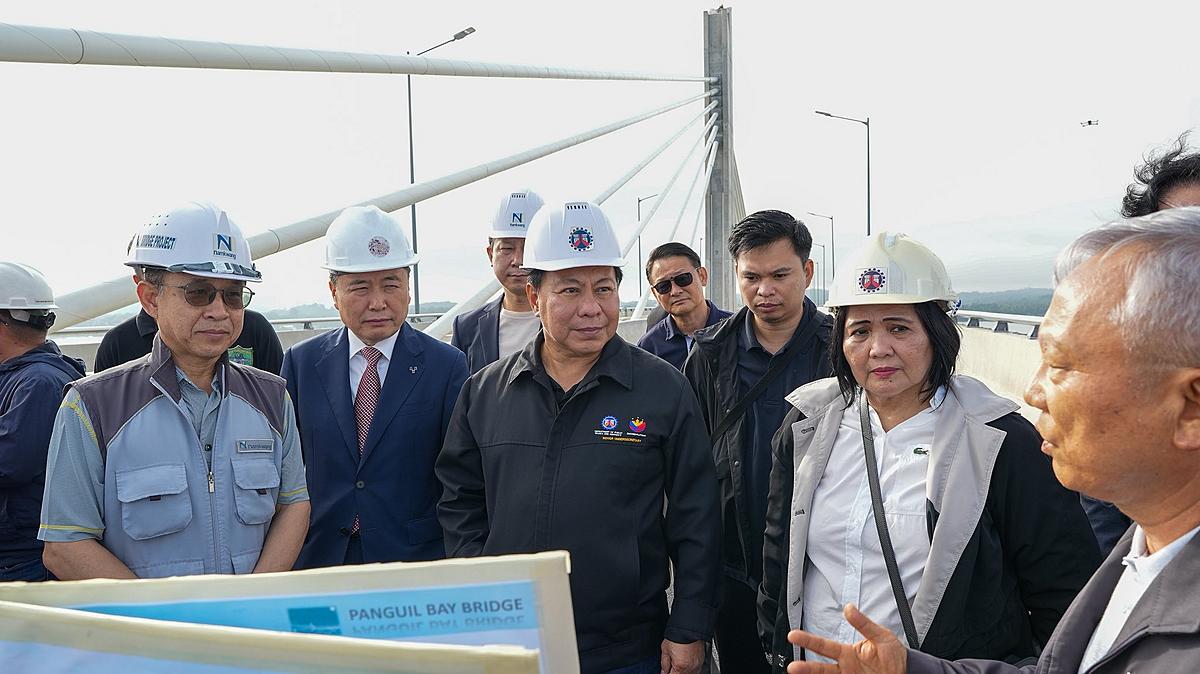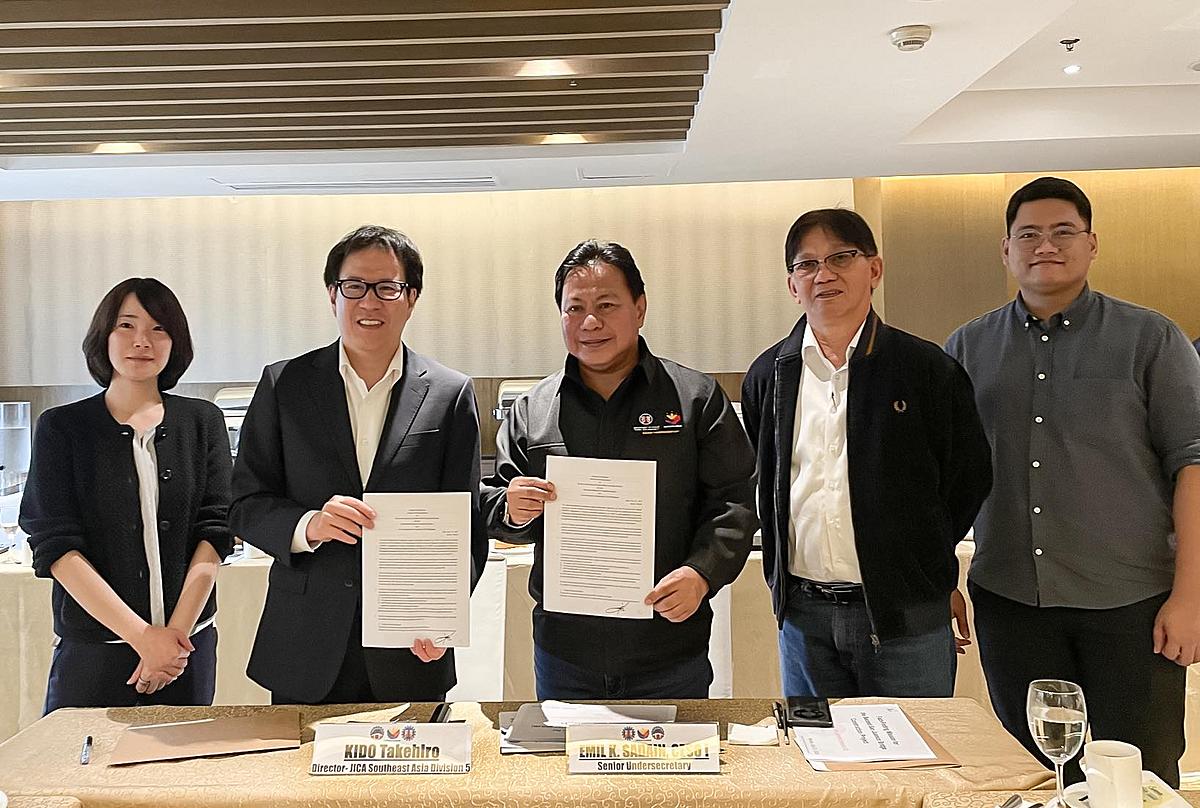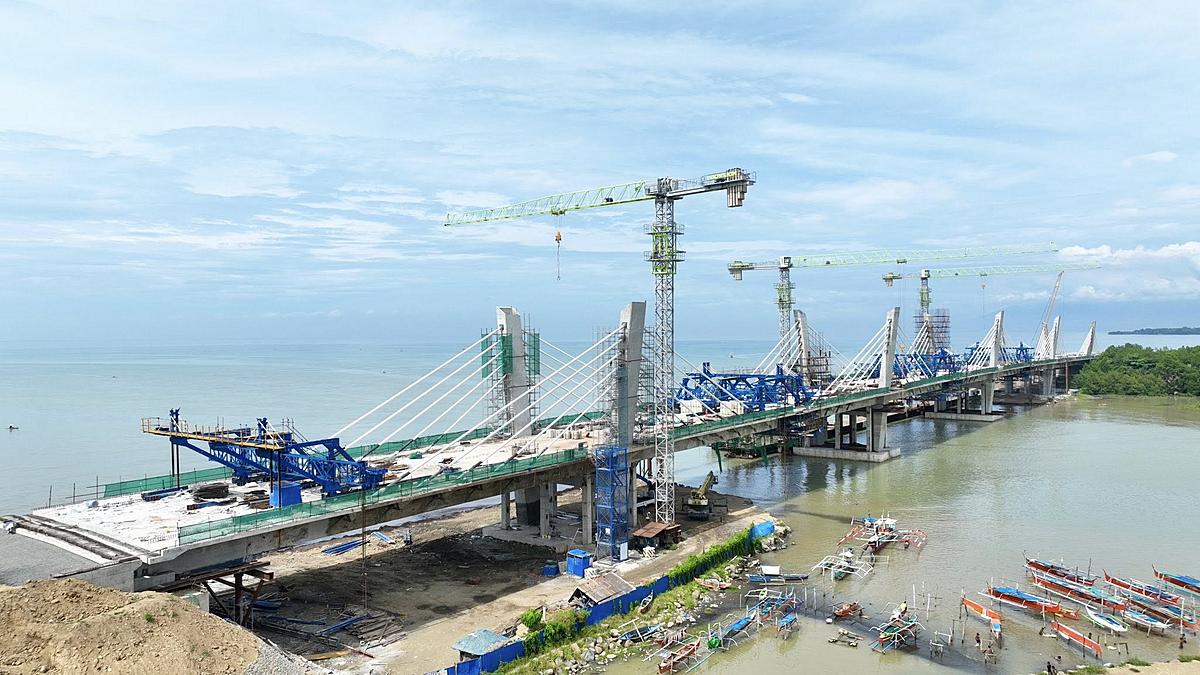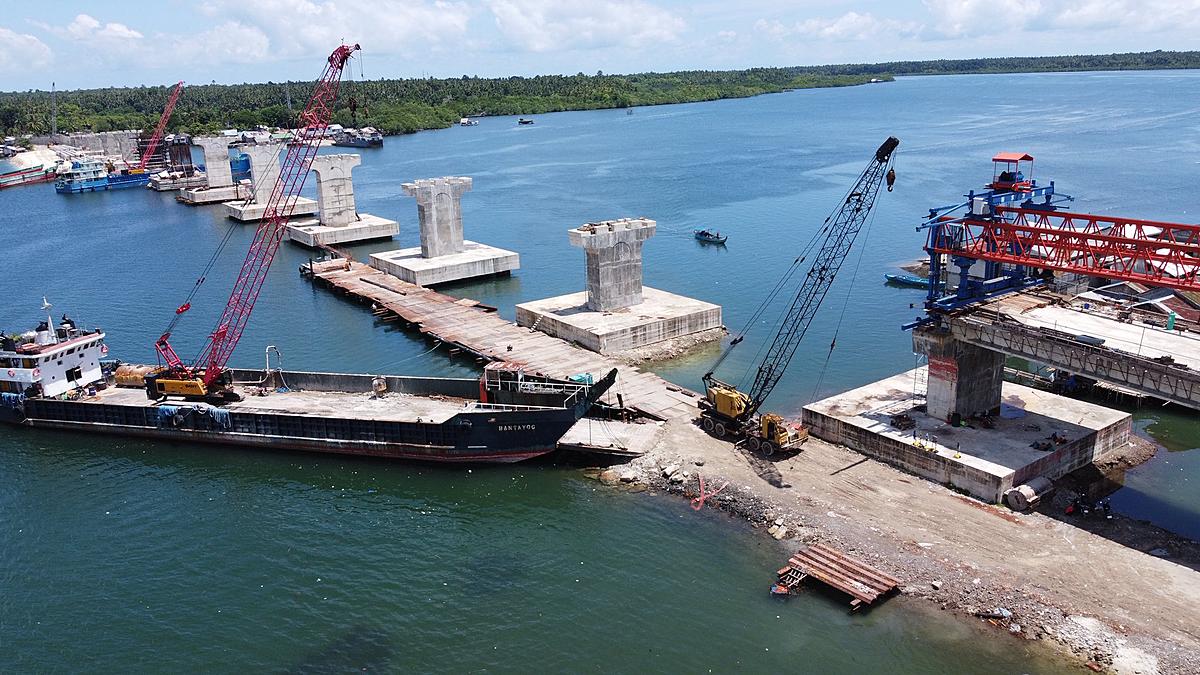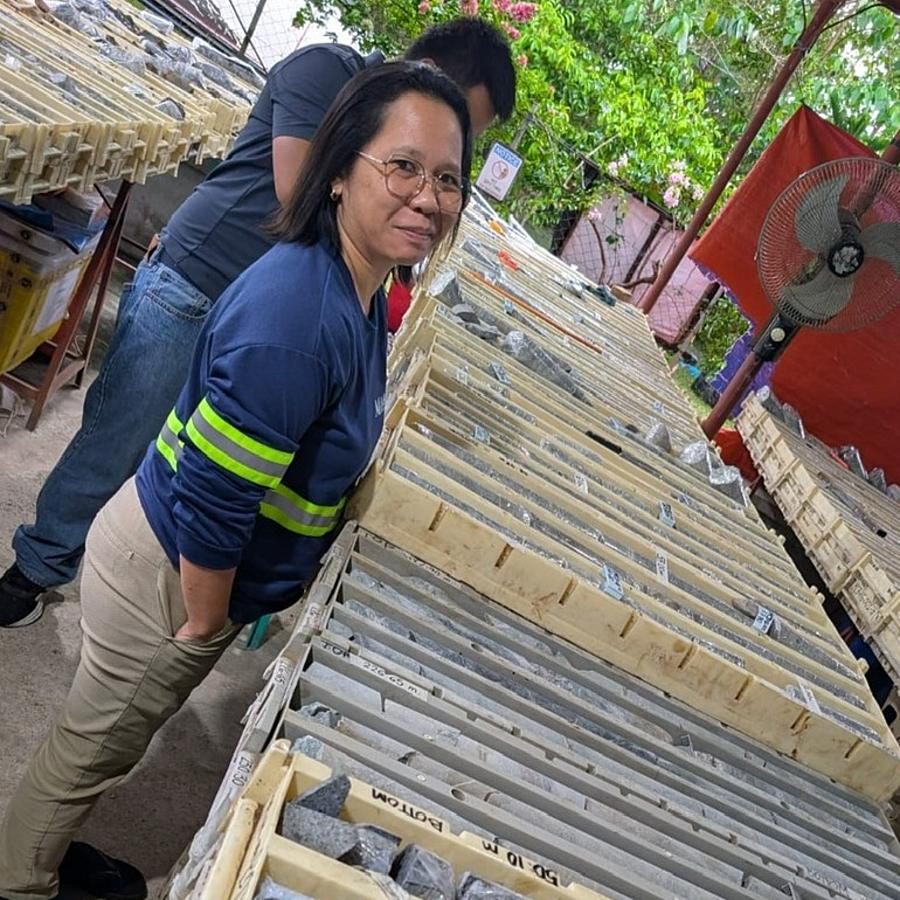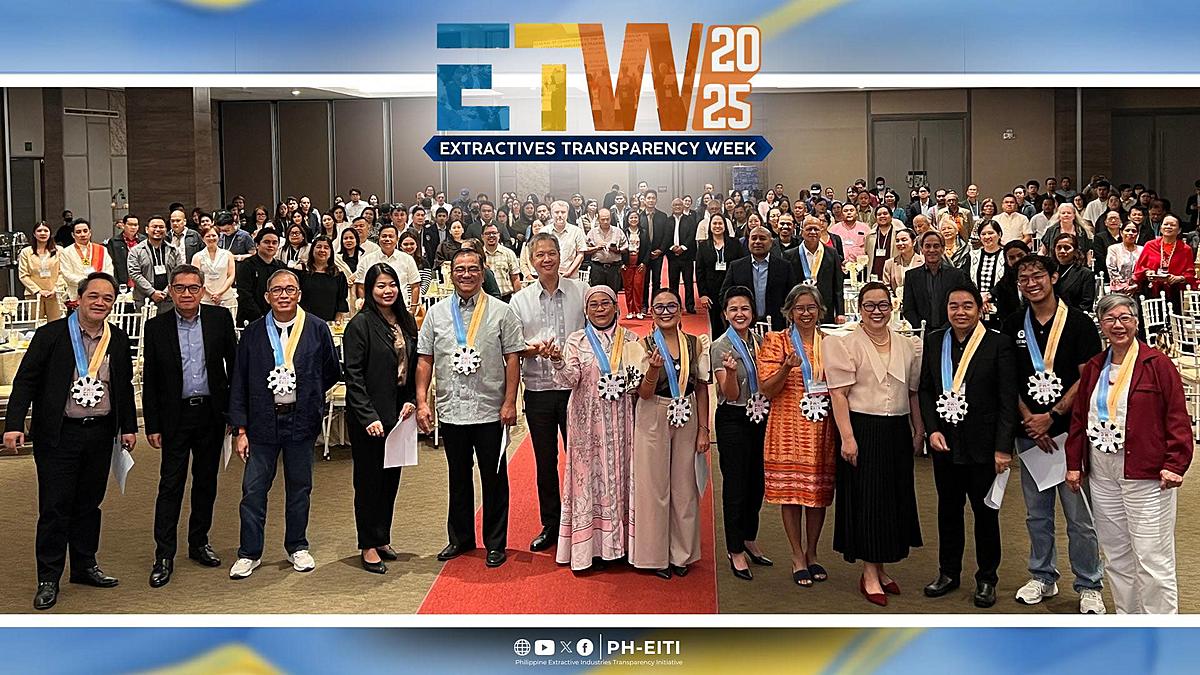Photo credit: the Department of Public Works and Highways
Korean construction and engineering companies are interested to participate in the procurement of the design and build of a mega inter-island bridge project in Luzon.
Upon the invitation of the Korea Trade-Investment Promotion Agency (KOTRA) which organizes the Global Project Plaza 2023 to bring together foreign government organizations, contractors and financial institutions, the Department of Public Works and Highways (DPWH) represented by Senior Undersecretary Emil K. Sadain, provided a detailed briefing about the 32.15-kilometer four (4)-lane Bataan-Cavite Interlink Bridge Project that can be joined by Korean and other international companies when the procurement for the civil works roll out in the coming months.
The Global Project Plaza 2023 was held in conjunction with the Asian Development Bank (ADB) annual meeting in Incheon, South Korea and mostly focused on ADB related projects.
In his discussion, Senior Undersecretary Sadain said that the on-going detailed engineering design (DED) of Bataan-Cavite Interlink Bridge Project is at 85 percent and target for completion by this June 2023.
The Bataan-Cavite Interlink Bridge Project is being developed by the DPWH Unified Project Management Office – Roads Management Cluster 2 (Multilateral) with technical assistance funding from the ADB to advance the detailed engineering design with the DED contract awarded to the joint venture of TY Lin International and the Republic of Korea’s Pyunghwa Engineering Consultants, working with Switzerland-based Renardet and the Philippines’ DCCD Engineering Corporation.
Feasibility study for the Bataan-Cavite Interlink Bridge Project that was started in March 2018 was funded under ADB’s Infrastructure Preparation and Innovation Facility Loan. Together with Asian Infrastructure Investment Bank (AIIB), ADB has also committed to co-finance the civil works construction.
As one of the promising projects featured in the ADB project seminar on the sidelines of 56th Annual Meeting of the ADB Board of Governors, Senior Undersecretary Sadain also had an opportunity for one-on-one engagement with ADB executives and Korean engineering and construction companies.
The alignment of the proposed bridge will cross over the Manila Bay – a natural harbor that is bounded by Cavite and Metro Manila on the east, Bulacan and Pampanga on the north, and Bataan on the northwest.
No less than President Ferdinand R. Marcos Jr. with DPWH Secretary Manuel M. Bonoan led on March 31, 2023 the ceremonial switching of the button signaling the start of the geotechnical investigation in evaluating underground conditions – the last of missing pieces to complete the foundation design and deliver the final DED bridging to the new project milestone of civil works implementation.
Due to the scale of the project, seven (7) design packages have been identified reflecting a convenient division of future construction packages. The construction will first begin in the two on-land packages, 5-kilometer Bataan Land Approach under Package 1 and 1.3-kilometer Cavite Land Approach under Package 2 .
Packages 3 and 4 are North and South Marine Viaducts with a total length of 20.6-kilometer.
The Bataan-Cavite Interlink Bridge Project includes the construction of two cable-stayed navigation bridges on either side of historic Corregidor Island.
Called the north channel bridge and south channel bridge, the structures that will stand in water as deep as 50 meters will have main spans of 400 meters and 900 meters, respectively.
The North Channel Bridge with high level approaches of 2.1 kilometer in length will constitute Package 5, while the South Channel Bridge with high level approaches at 3.1-kilometer length will be the Package 6. The 7th Package involves a project-wide ancillary works.
New opportunities will be created by the Bataan-Cavite Interlink Bridge Project, including the development of seaports in the two (2) provinces of Bataan and Cavite, making them potential international shipping gateways of the country.
Once completed, the inter-island bridge which will be one of the longest bridges in the Philippines and the world will cut travel time between Bataan and Cavite from the current five (5) hours to 45 minutes.
Article courtesy of the Department of Public Works and Highways


